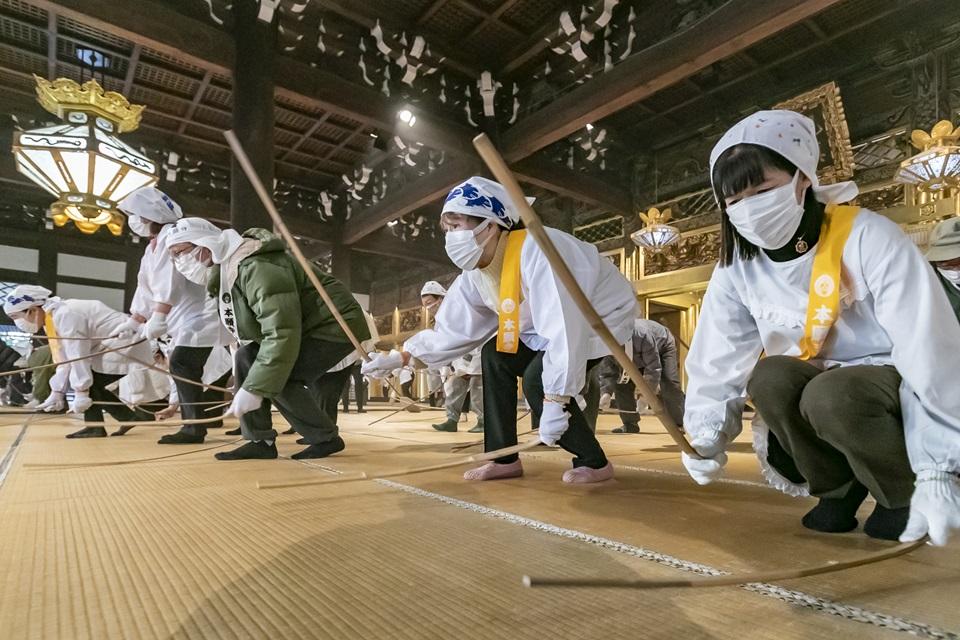
Year-End Cleaning Ceremony
20 Dec 2025
Venue: Nishi Hongwan-ji Temple
Bear sightings in Kyoto
Asiatic black bears have recently been sighted in Kyoto City. Encounters are more likely in the early morning or after dusk. If you happen to come across a bear, do not panic or make any sudden movements or noises that might agitate it. Calmly leave the area and ensure your safety.
Please take the following precautions when going into or near mountains.
How to avoid encountering a bear
What to do if you encounter a bear

About Kyoto

Kyoto’s city center has a grid pattern modeled on Chang’an, which was the capital of China’s Tang dynasty. However, the geography of Kyoto extends beyond those streets, encompassing natural scenery and historic sites in every direction. You’ll find downtown sightseeing spots bustling with activity, as well as tourist attractions nestled among the tranquil surroundings of the suburbs. This page introduces Kyoto split into five main areas, so not only will it help you better understand the overall layout of the city, but it will help you plan your upcoming visit. Use the arrow buttons below to start exploring the different areas.
 →
→
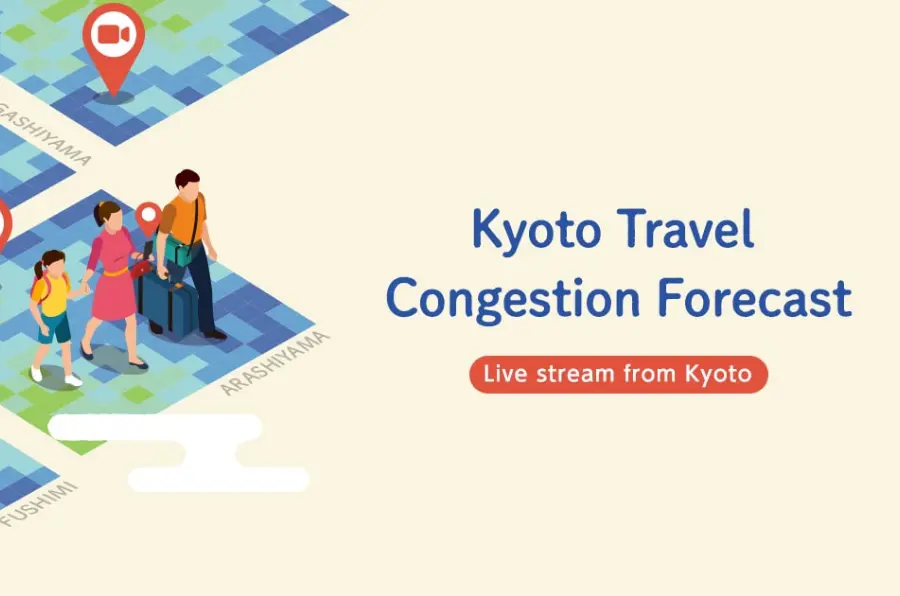 →
→
These are tools that will help you have a more convenient and comfortable journey through Kyoto.
Kyoto Smart Navi is a total navigation system that includes useful information for sightseeing, such as tips on what areas are crowded, tourism etiquette, as well as other helpful advice for travelers.
Kyoto Travel Congestion Forecast provides useful information for avoiding congestion. It forecasts comfort levels around popular spots, gets real-time information from live cameras, and suggests attractive sightseeing spots that are relatively empty even during the daytime.
Go to this page
Aside from Kyoto’s world-famous landmarks, there are hidden gems that are waiting to be explored. You just have to be in the know! Go beyond the traditional guidebooks to experience all that Kyoto has to offer in its quieter areas.
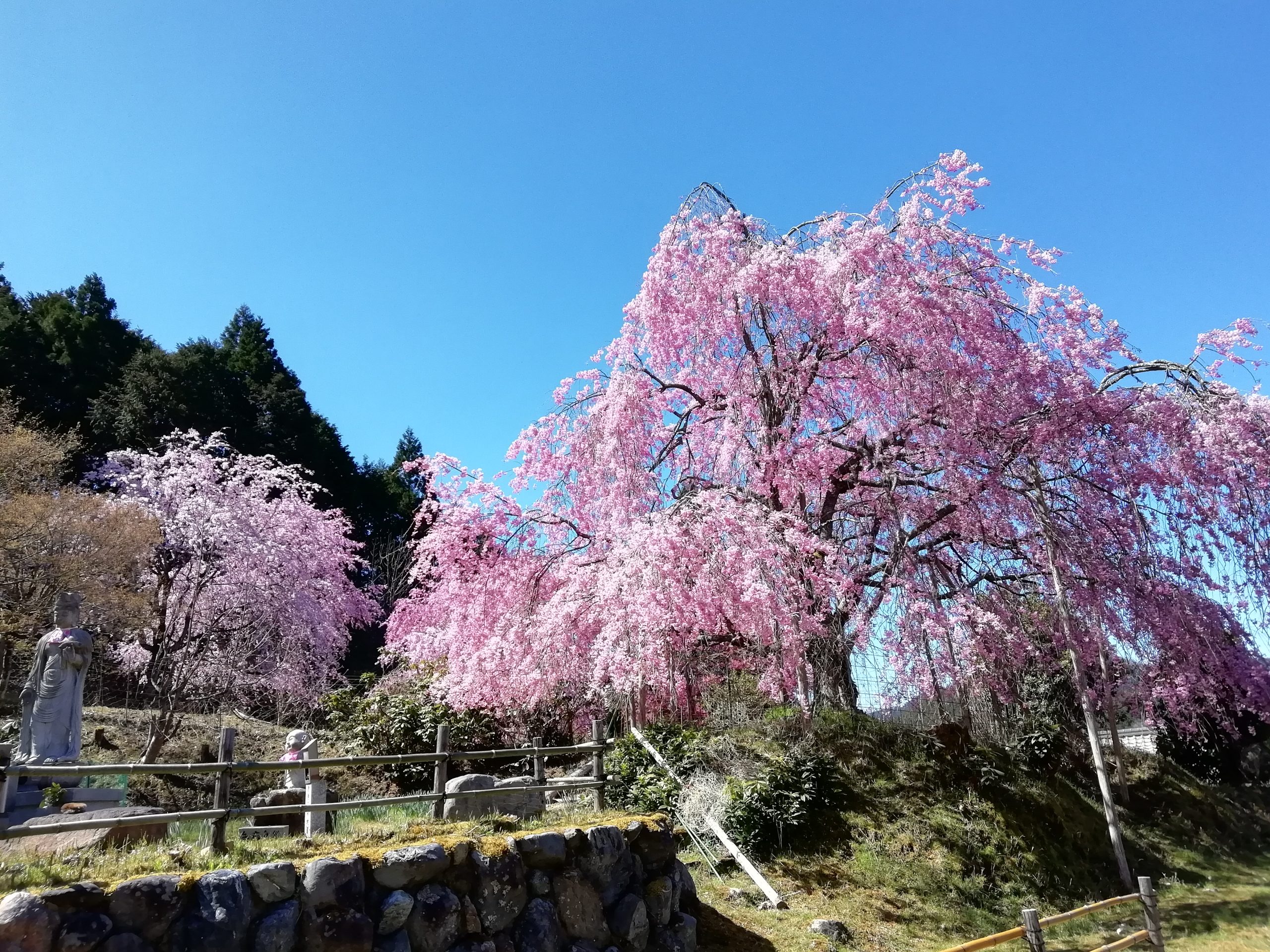
A hideaway with exciting experiences such as farm stays that get you in touch with nature and agriculture.

Three mountains collectively known as the Sanbi are known for their temples and lush greenery.
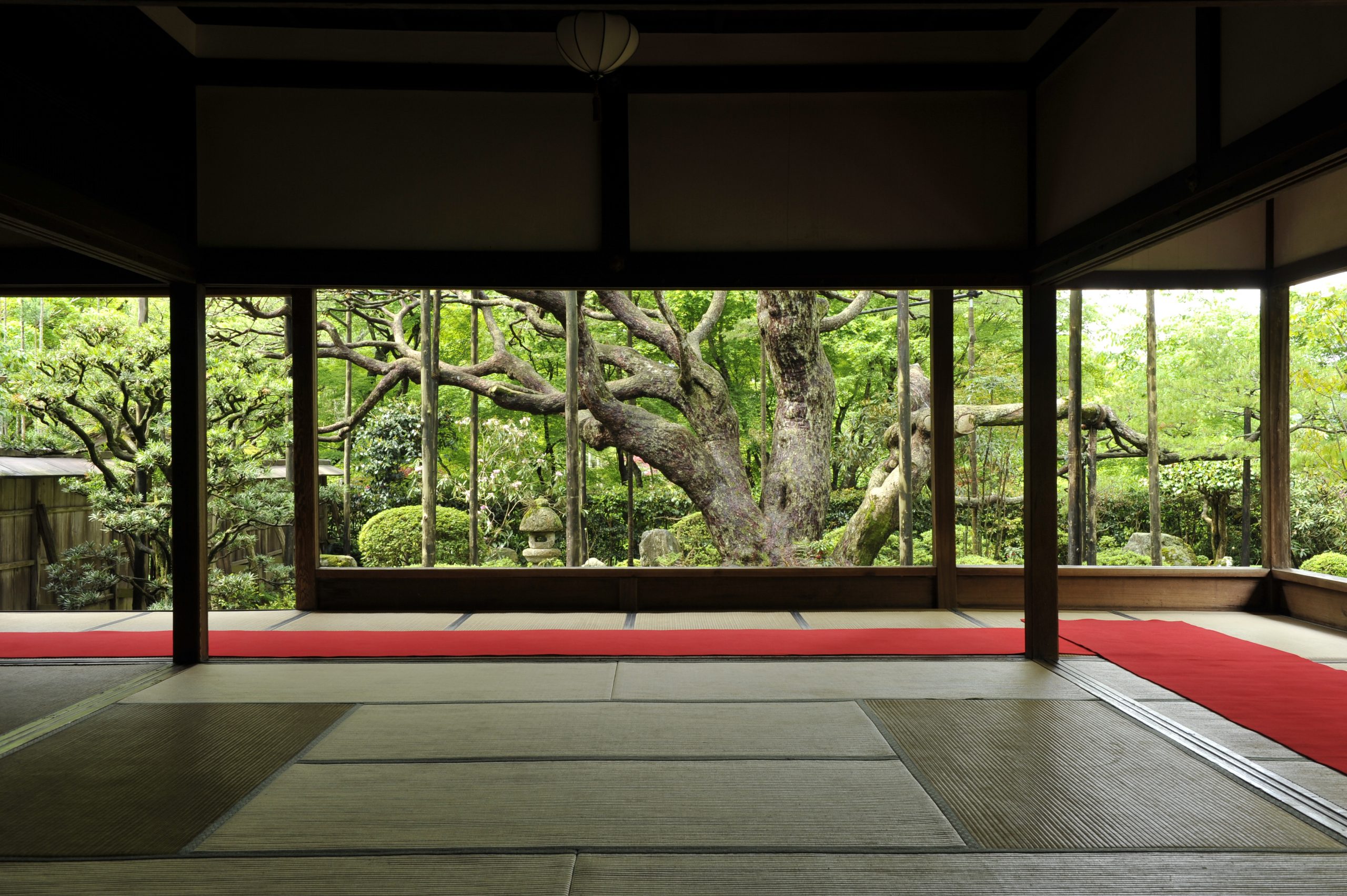
Ancient temples, famous gardens, and spacious hot springs are quietly nestled into this relaxing rural area.
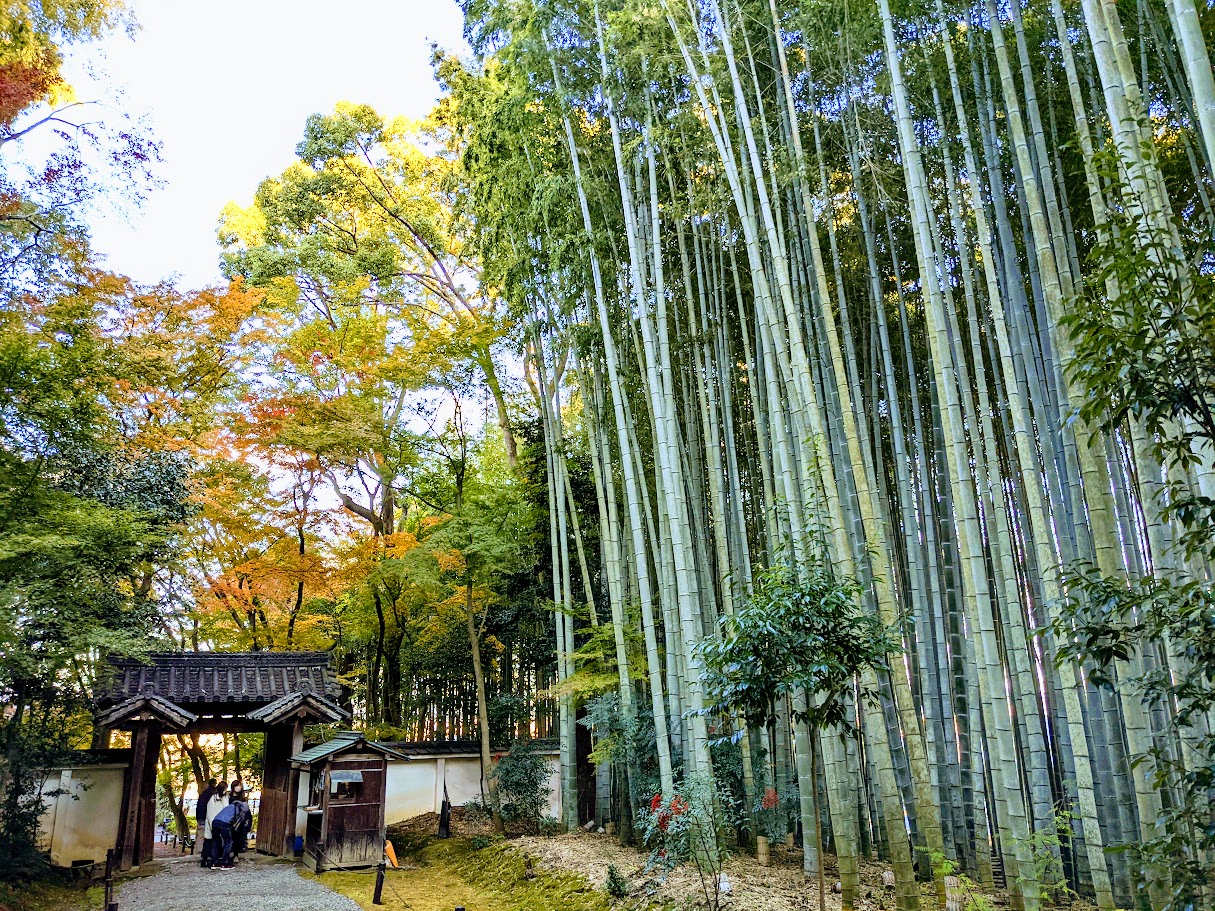
Western Kyoto is home to quiet, unexplored bamboo forests as well as many unique cycling routes.
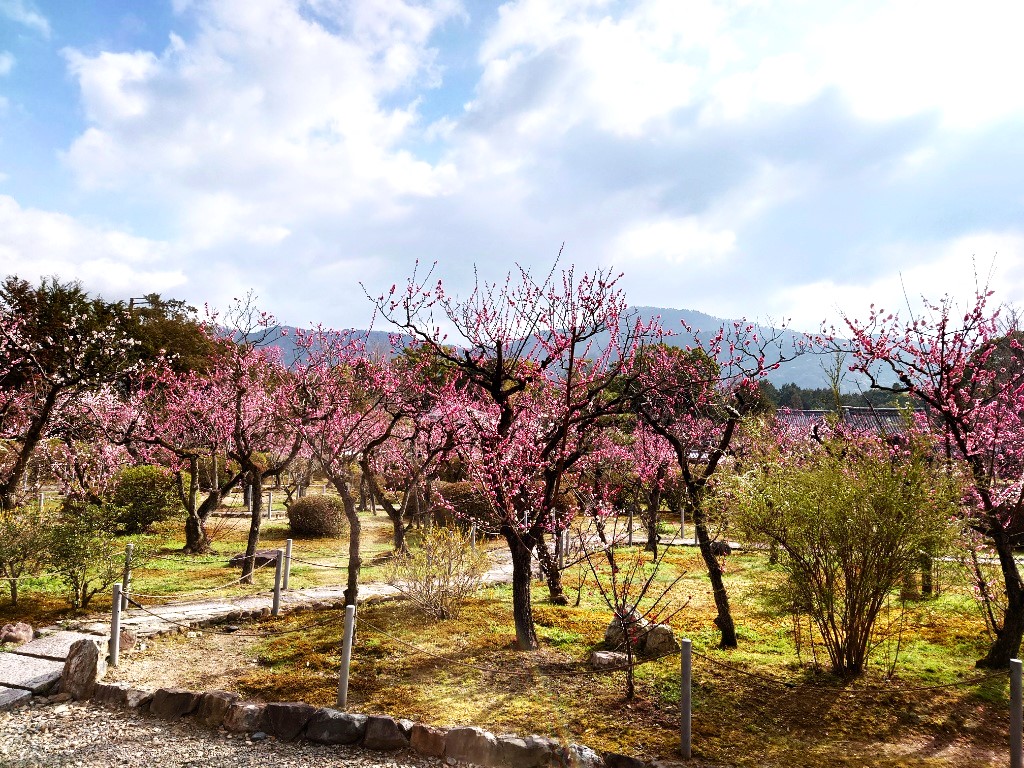
This area is dotted with temples known for beauty found both in their modern-day appearances and in their histories.
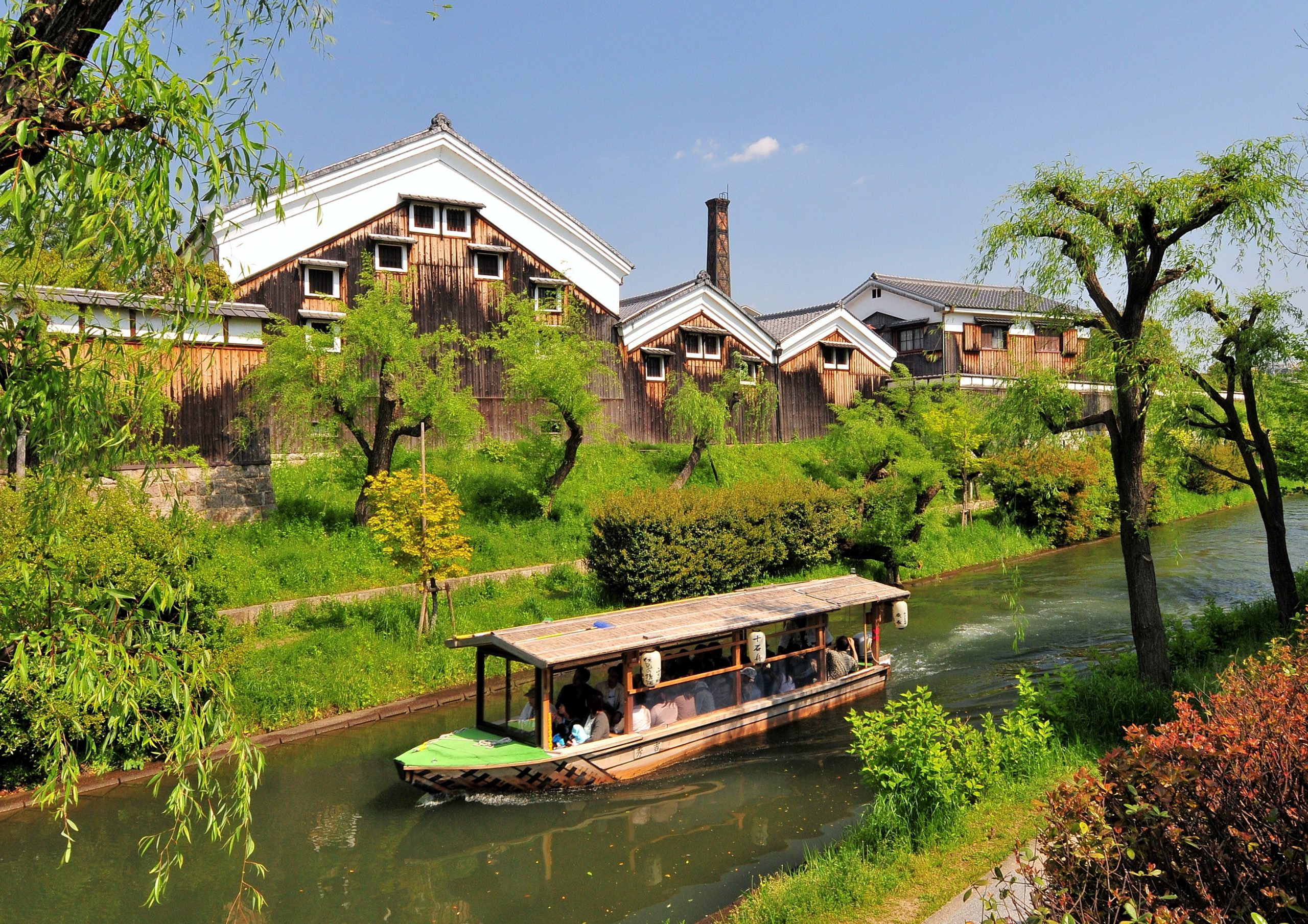
An inland port town with charming canals and rows of sake breweries.
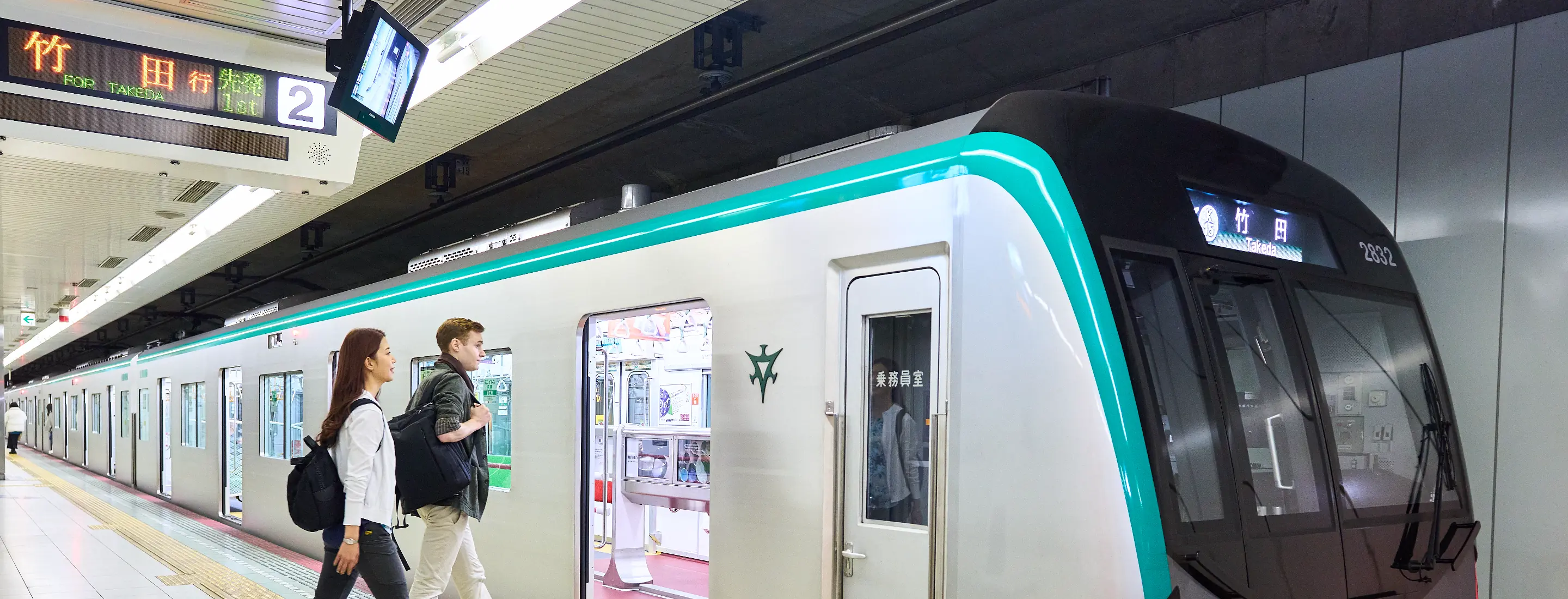
The key to sightseeing in Japan is to make good use of public transportation such as airplanes, Shinkansen bullet trains, trains and buses. Here we have compiled a list of comfortable access methods that avoid congestion.
Go to this pageAfter a day of sightseeing, you will want someplace comfortable and convenient to rest. Fortunately, Kyoto has accommodations to meet all tastes. For many travelers, relaxing on tatami floors in ryokan (Japanese-style inns) is the perfect way to unwind, and some ryokan will also give you the chance to feast on expertly prepared Kyoto-style cuisine. Those who prefer something more familiar will be pleased with Kyoto’s range of Western-style hotels. No matter where you decide to stay, it’s best to make reservations well in advance, particularly when crowds pour into the city to admire cherry blossoms in early spring and maple leaves in autumn.
Go to this pageHow would you like to craft your upcoming stay in Kyoto? These topics will help you plan where and how to spend your time, whether you are new to Kyoto or a seasoned visitor.
No matter what time of year you visit, special experiences await.
You can work together with the locals to ensure the city's future.